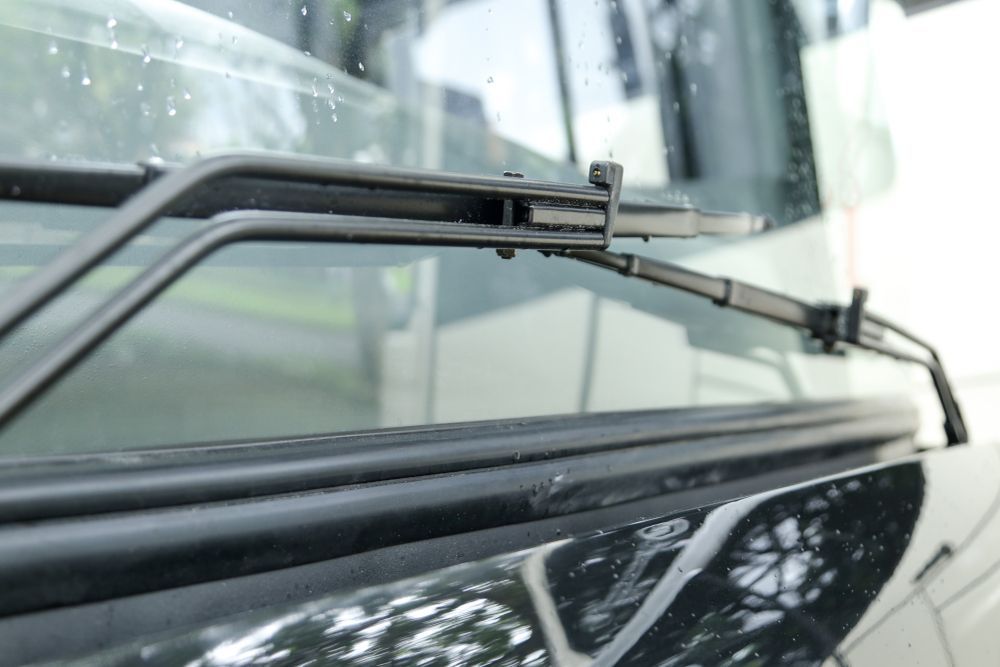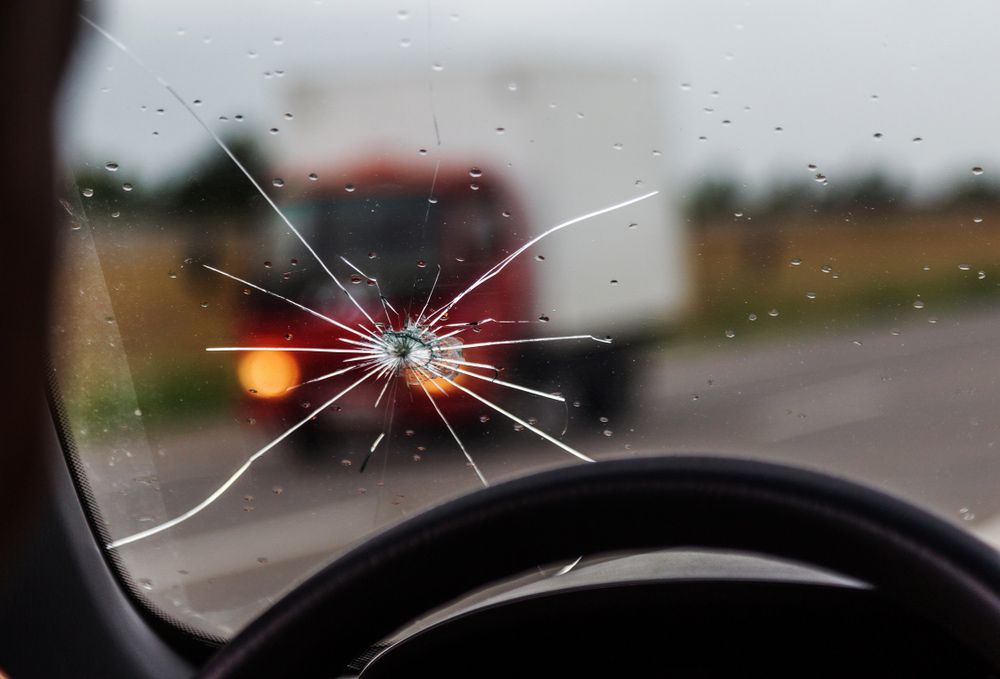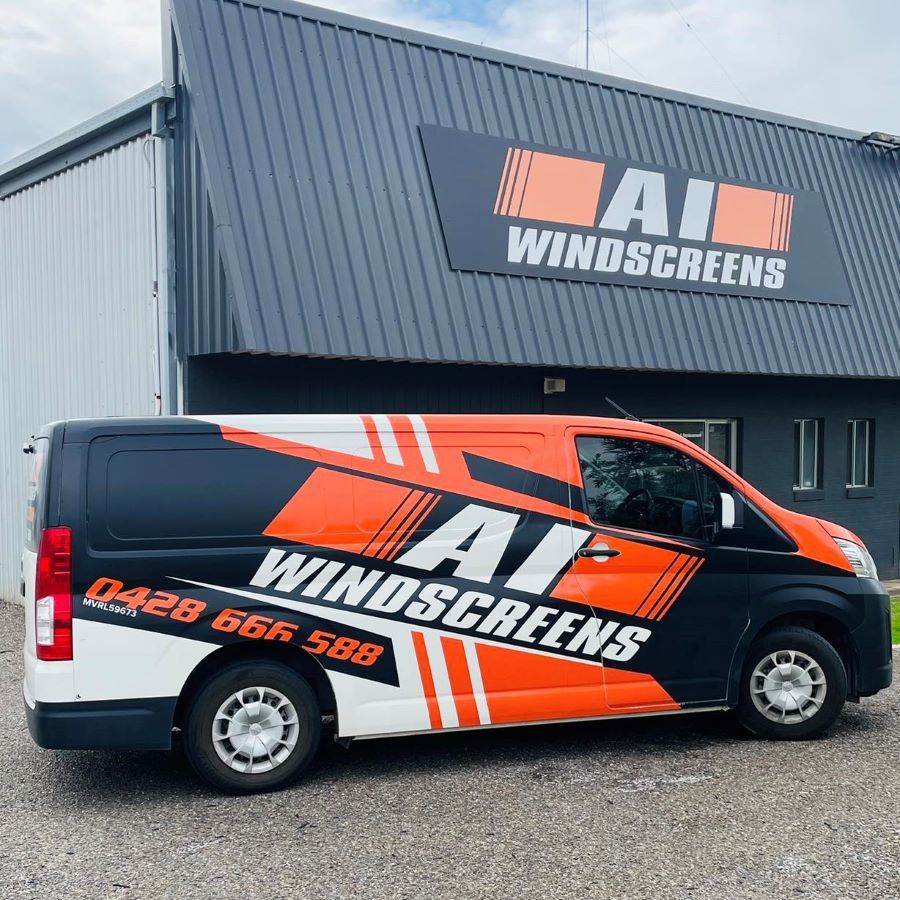How to Tell if You Need Windscreen Repair or Full Replacement
A cracked or chipped windscreen is one of those problems many drivers put off fixing. At first glance, the damage may look harmless, just a tiny star-shaped mark or a faint crack running across the surface. But what might seem minor today can turn into a costly and dangerous issue tomorrow. For drivers in Tamworth, where long commutes, country roads, and extreme weather can all put extra pressure on your car’s glass, it’s especially important to know when a quick repair will do the job and when you need a full replacement.
Understanding the difference can save you money and also protect your safety on the road. This guide will walk you through the common signs to watch out for, situations where a repair is enough, and times when replacing the windscreen is the only safe option.
Why Windscreens Matter More Than You Think
Your windscreen isn’t just a pane of glass to shield you from wind and rain. It’s a critical safety feature of your car. In modern vehicles, windscreens contribute to the structural strength of the car body. In an accident, the glass helps absorb the force of impact and prevents the roof from collapsing. It also plays a crucial role in airbag deployment, giving airbags something solid to push against.
Even small chips or cracks compromise that strength. They may look insignificant, but they weaken the entire panel and can make the glass more likely to shatter in a collision or even during a sudden bump. This is why acting quickly is so important.
When a Windscreen Repair Is Enough
Not every chip means a new windscreen. In many cases, repairs can restore strength and stop further damage. You might only need a repair if:
- The chip is small – usually less than the size of a $2 coin.
- It hasn’t spread – a single, stable mark is easier to repair than one that’s branching out.
- It’s not in the driver’s direct line of sight – because even after a repair, there can be small distortions that interfere with vision.
- The damage is shallow – limited to the outer layer of glass without penetrating deeper.
Repairs are done by injecting resin into the chip or crack, which bonds to the glass and restores its strength. It’s quick, cost-effective, and much cheaper than a full replacement. If you notice a chip early, before dirt and water get into it, you’re more likely to get away with just a repair.
When You Need a Full Windscreen Replacement
There are times when a repair simply isn’t safe. Continuing to drive with extensive or severe damage is risky not only for your visibility but also for the structural safety of your car. Replacement is usually the best and only option if:
- The crack is long – generally more than 3–4cm.
- The damage is spreading – once a crack begins to lengthen, no repair will stop it for good.
- It’s in the driver’s field of vision – even the clearest repair can leave a slight mark or distortion that’s distracting and dangerous.
- Multiple chips are present – too many weak points weaken the glass overall.
- The crack reaches the edges – damage near the edge of the windscreen is especially dangerous as it undermines the structural integrity.
Replacing the entire windscreen ensures the car remains safe to drive and restores visibility to its original clarity.
How Windscreen Damage Gets Worse
A chip or small crack doesn’t just stay the same. It can spread quickly due to:
- Temperature changes—hot days followed by cold nights cause the glass to expand and contract, causing cracks to grow.
- Bumpy roads – every vibration or pothole puts stress on the glass.
- Moisture – water seeps into cracks and, when it freezes, expands the damage.
- Dirt & dust – contaminants inside a chip make repairs harder and less effective.
This is why even the smallest chip should be inspected as soon as possible. If left too long, what could have been a quick repair today may become a full replacement.
Common Types of Windscreen Damage
Not all cracks and chips are the same. Knowing the type of damage can help you guess whether a repair is possible.
- Bullseye chip – circular damage resembling a target; usually repairable if small.
- Star break – small cracks spreading outward; often repairable if caught early.
- Combination break – a mix of bullseye and star patterns; repair depends on size and location.
- Long crack – more than a few centimetres in length; typically requires replacement.
- Edge crack – begins within 5cm of the windscreen’s edge; it almost always means replacement.
These terms are commonly used by repair specialists to assess the damage.
Why Acting Quickly Saves Money
The longer you wait, the worse the damage gets. That means a higher chance of needing a full replacement, which costs more than a repair. Acting quickly also reduces the risk of fines, since driving with a severely cracked windscreen can be considered unsafe and may get you pulled over.
Think of a windscreen chip like a cavity in a tooth. Fix it early, and it’s a quick job. Leave it too long, and you’re looking at major work.
Safety Comes First
Beyond the money factor, safety should always be your main priority. A compromised windscreen puts you and your passengers at risk. If you’re unsure whether the damage is serious, it’s better to have it inspected right away.
Remember: the windscreen doesn’t just protect you from the elements. It helps your vehicle stay strong in a crash and keeps the airbags functioning properly. That’s not something to gamble with.
Need Windscreens in Tamworth?
If you’re dealing with a chip or crack and aren’t sure whether you need a repair or a full replacement, expert help is just a call away. The team at A1 Windscreens can inspect your windscreen, explain your options, and recommend the safest and most cost-effective solution.
For reliable Tamworth windscreen services, including fast repairs and full replacements, get in touch with our team to book your appointment today.











